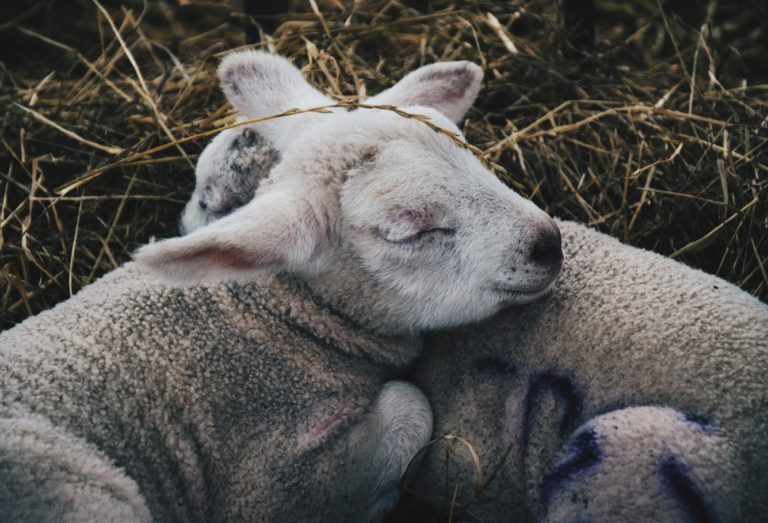Bloat In Orphan Lambs
16 April 2021A year of high numbers of lambs being born, inevitably means orphan lambs being reared. One of the most common reported problems for these lambs is abomasal bloat (tympany), which is caused by harmful bacteria in the stomach that feed on the lactose, which often gains entry with unhygienic conditions and hot milk. These bacteria multiply in the stomach and the sugars in the milk ferment, causing excess gas production. This gas cannot escape from the stomach, bloating the lamb, which causes sudden death.
This is an orphan lamb specific problem and is most common in lambs that are two to four weeks old. When a lamb is reared on a ewe, it drinks little and often, and the milk is always at the correct temperature and not too hot. Orphan lambs tend to have a greater intake per feed, and with competition of other lambs, they tend to guzzle fast.

There are various methods that can reduce bloat in lambs, including:
- Ensure orphans have had quality colostrum.
- Don’t over feed lambs, follow the guidance on the milk bag for the quantity to be fed per feed and the mixing rate.
- Ensure lamb milk is used and not calf milk as this has higher levels of lactose.
- Use hard teats with small holes, to slow down the speed the milk is drunk.
- Adding yogurt to the milk. This has good bacteria (probiotics) which can compete with the bad bacteria.
- Feed milk at body temperature (a sheep is generally between 38-40oC) to reduce the growth of bacteria.
- Self feeding systems reduce the risk, as lambs generally take milk little and often, as if they were on their mothers.
- Good hygiene, clean jugs, bottles and teats regularly. Ensure automatic feeders are kept clean and fresh and are cleaned regularly.
- Wean lambs at 35 days (provided they are eating at least 250g/head/day of high quality concentrate).
Kirsten Williams, kirsten.williams@sac.co.uk
Related Materials
Treating Hypothermia In Newborn Lambs
Our hypothermia decision tool asks a series of questions which will give you a quick answer as to which treatment is best.
Dealing With Turned In Eyelids
Entropion of lambs occurs with the turning in of one or both lower eyelids. The eyelashes or hairs can rub against the cornea and cause secondary infections such as ulceration, blindness.
Sign up to the FAS newsletter
Receive updates on news, events and publications from Scotland’s Farm Advisory Service
